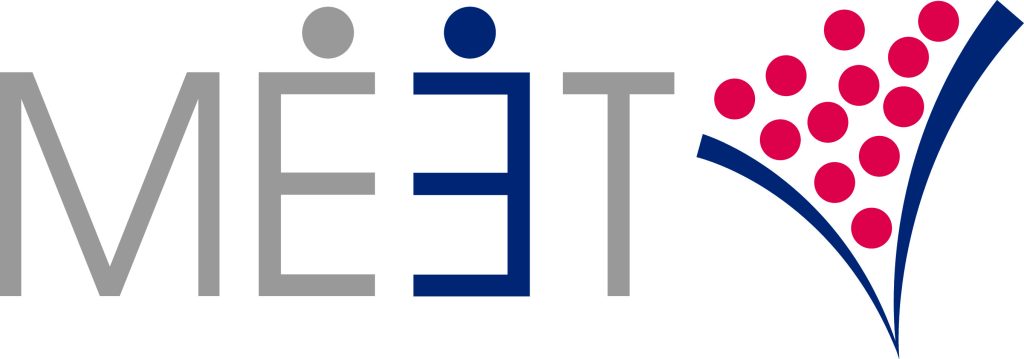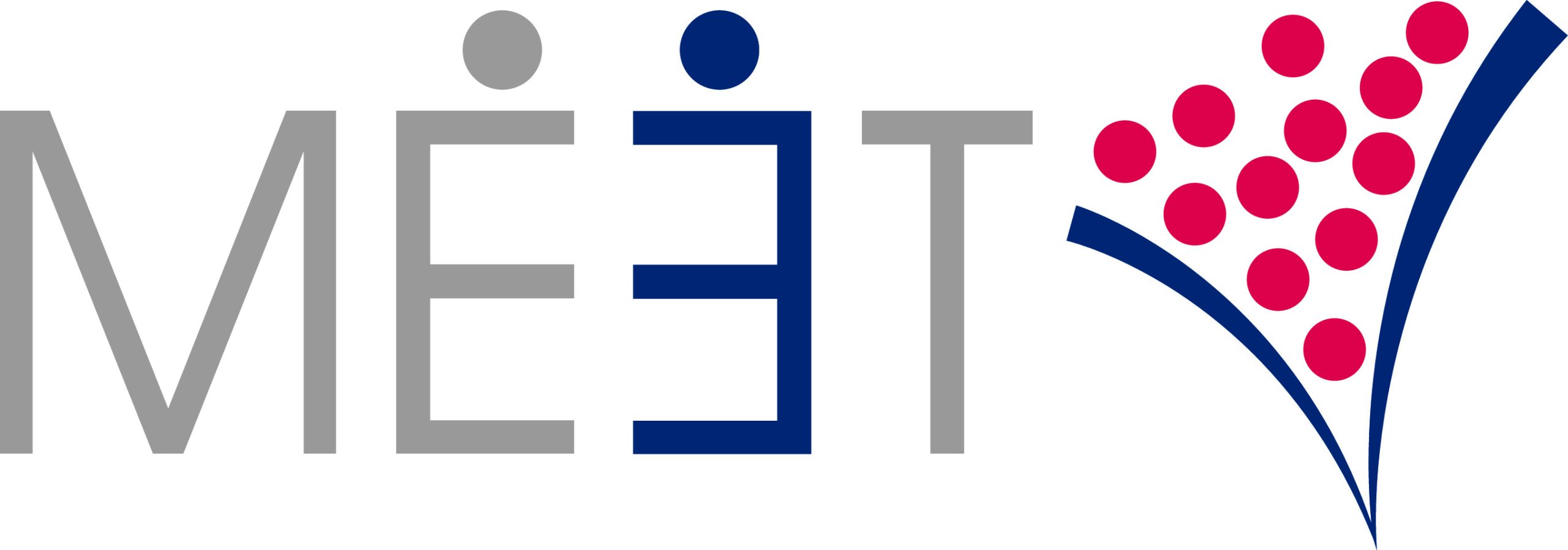Effective trade show follow-up after a B2B trade show is essential for converting booth visitors into potential clients and maximizing the return on your trade show investment. An organized and strategic follow-up process helps maintain the momentum generated during the event and fosters meaningful relationships with leads. Here’s a comprehensive guide on how to follow up effectively from a B2B trade show booth:

1. Organize and Prioritize Leads
- Lead Scoring: Immediately after the trade show, prioritize your leads based on their level of interest and potential value. Use criteria such as job title, company size, expressed interest, and the nature of the interaction at the booth.
- Segment Leads: Categorize leads into different segments, such as hot, warm, and cold leads. Hot leads should be contacted first as they have shown the most interest and are likely closer to making a purchasing decision.
2. Timely Follow-Up
- Immediate Action: Begin follow-up activities within 24 to 48 hours after the trade show. This ensures that your company is still fresh in the minds of attendees and demonstrates your promptness and dedication.
- Automated Responses: Use marketing automation tools to send immediate thank-you emails to everyone who visits your booth. These emails should be personalized and express gratitude for their time.
3. Personalized Communication
- Tailored Emails: Personalize follow-up emails based on the conversations you had with the leads. Mention specific details discussed during the trade show to show that you remember and value their interests.
- Relevant Content: Include relevant content in your follow-up emails, such as case studies, whitepapers, product brochures, or links to your website. Ensure the content aligns with the lead’s interests and needs.
4. Use Multiple Channels
- Phone Calls: In addition to emails, follow up with a phone call. This personal touch can help build a stronger connection and allow for more in-depth conversations.
- Social Media: Connect with leads on professional social media platforms like LinkedIn. This helps keep your company on their radar and opens another avenue for communication.
- Direct Mail: For high-priority leads, consider sending personalized direct mail. This could be a handwritten note, a small branded gift, or a printed brochure.
5. Provide Value in Follow-Up
- Educational Resources: Offer valuable resources that address the lead’s pain points or challenges. This could include webinars, eBooks, or industry reports that provide useful insights.
- Product Demos: Invite leads to schedule a personalized product demonstration or a one-on-one meeting with a sales representative. Demonstrating your product’s capabilities can move the lead further down the sales funnel.
6. Nurture Long-Term Leads
- Email Campaigns: For leads that are not ready to make a purchasing decision immediately, set up a nurturing email campaign. Send periodic emails with valuable content to keep your company top of mind.
- Regular Updates: Keep in touch with long-term leads by sharing company news, product updates, or industry insights. This ongoing communication helps maintain the relationship until they are ready to engage further.
7. Track and Measure Follow-Up Activities
- CRM Integration: Use a Customer Relationship Management (CRM) system to track all follow-up activities. Record interactions, schedule future follow-ups, and set reminders to ensure no lead is neglected.
- Analytics and Feedback: Monitor the effectiveness of your follow-up efforts. Track open rates, response rates, and conversion rates to understand what strategies are working and where improvements are needed.
8. Continuous Improvement
- Analyze Outcomes: After the follow-up period, analyze the outcomes to identify strengths and weaknesses in your process. Understand which tactics were most effective in converting leads.
- Refine Strategies: Based on your analysis, refine your follow-up strategies for future trade shows. Continuously improve your approach to increase effectiveness and efficiency.
9. Incorporate Feedback
- Lead Feedback: Collect feedback from the leads you interacted with during the trade show. Understanding their experience can provide valuable insights into what worked well and what could be improved.
- Internal Debrief: Conduct an internal debrief with your trade show team to discuss observations and feedback. Use this information to fine-tune your follow-up strategy and enhance future trade show performance.
10. Prepare for the Next Steps
- Sales Hand-Off: For hot leads ready to move forward, ensure a smooth hand-off to your sales team. Provide all necessary information and context to facilitate a seamless transition.
- Follow-Up Meetings: Schedule follow-up meetings or calls with interested leads to dive deeper into their needs and discuss how your solutions can help them.
Effective follow-up from a B2B trade show booth is crucial for turning leads into customers. By organizing and prioritizing leads, personalizing communication, using multiple follow-up channels, providing valuable content, nurturing long-term leads, and continuously improving your strategies, you can maximize the impact of your trade show efforts. A structured and strategic follow-up process not only enhances your chances of converting leads but also builds lasting relationships that contribute to your business’s long-term success.
For an expanded view on a successful trade show booth refer to our article Navigating the Trade Show Terrain: Choosing the Right Trade Show for Your Business.
—
About MEET
MEET helps international B2B & B2G companies scale in the U.S. through trade shows, events, and strategic connections. Contact Bill Kenney to discuss your U.S. expansion goals bill@meetroi.com or +1 (860) 573-4821.

